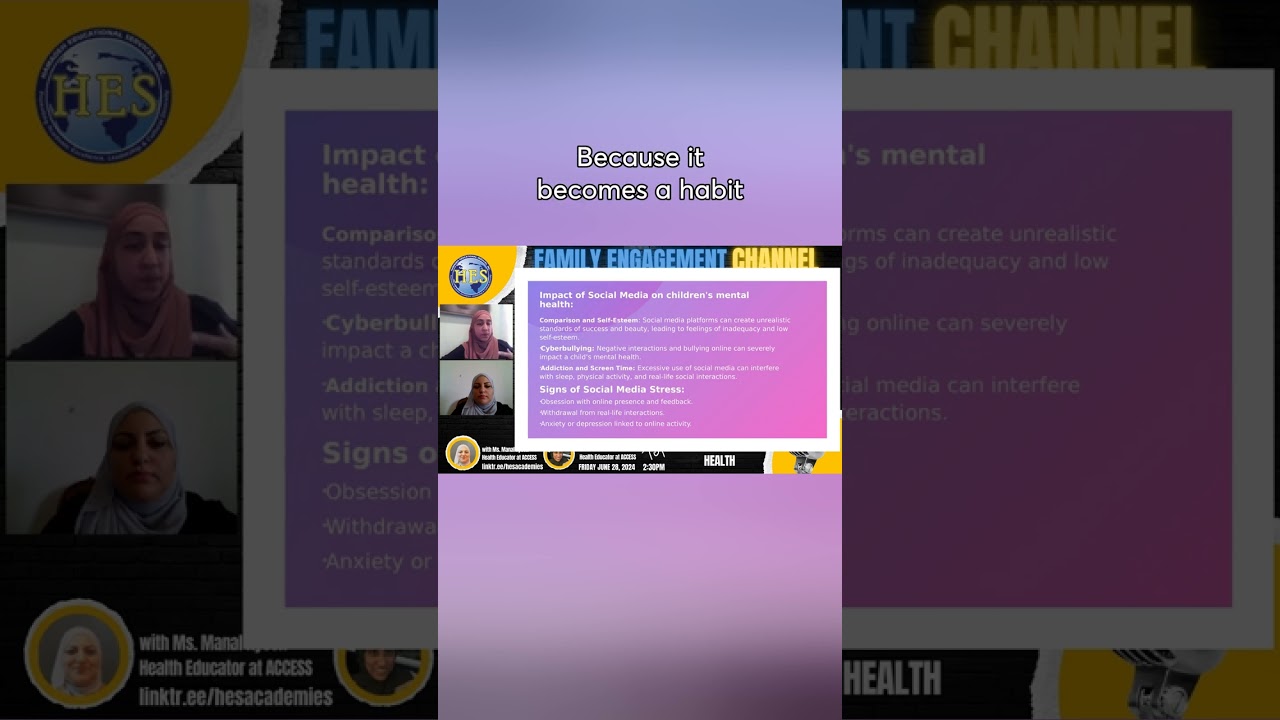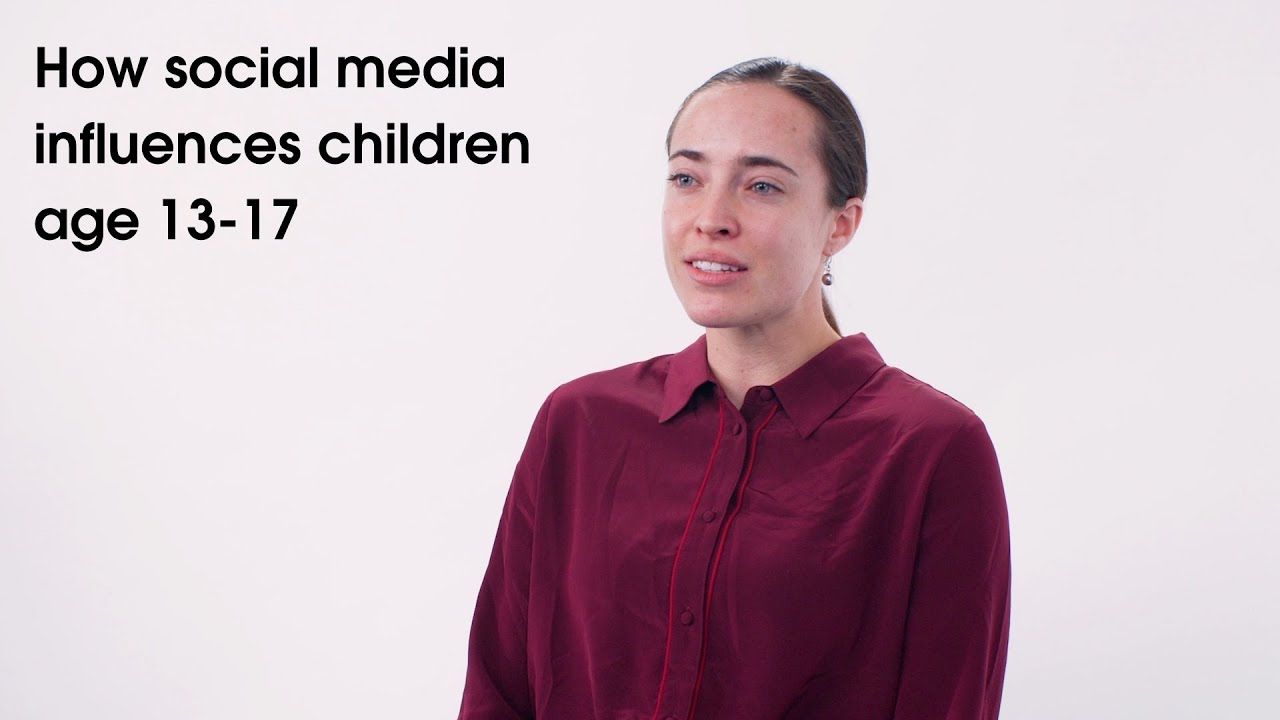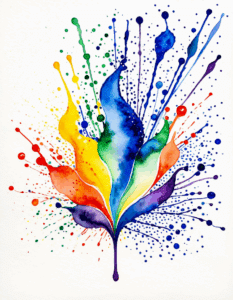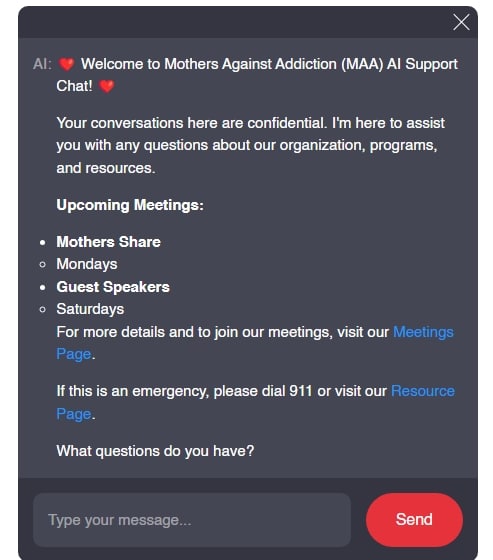The rise of social media has brought with it many extraordinary opportunities for connection and creativity. However, it has also birthed a darker world: cyberbullying. The distressing reality is that the link between cyberbullying and substance use is profound and alarming, especially among children and adolescents who may lack the coping mechanisms adults often utilize. Sadly, the bitter truth is that many kids exposed to online harassment often turn to alcohol or drugs as a means of self-medication. Shockingly, statistics show that about 20% of students subjected to cyberbullying report using these substances to cope with the emotional fallout.

The Complex Relationship Between Cyberbullying and Substance Abuse
The interconnection between cyberbullying and substance use is layered. Children and teens experiencing cyberbullying face a barrage of emotional turmoil, making them vulnerable to seeking escape through substances. Those who endure online harassment often grapple with heightened levels of stress and anxiety. This mental suffering sometimes drives them to self-medicate, particularly with substances like alcohol or marijuana. For example, a report from the Journal of Adolescent Health discovered that adolescents constantly targeted by bullies online were 50% more likely to use cannabis. This stark reality accentuates how deeply cyberbullying affects mental health.
The isolation stemming from cyberbullying can further complicate the scenario. Victims commonly withdraw from social circles, feeling emotionally disconnected from their friends and family. To combat these feelings of loneliness, some youth may turn to drugs or alcohol as a coping strategy. A heartbreaking account shared by a grieving mother from Ohio illustrates this. Her son fell victim to relentless online bullying and, tragically, sought refuge in opioid use to numb his overwhelming feelings of isolation. This heartbreaking story serves as a potent reminder that proactive measures can save lives.
Moreover, the peer pressure manifested on social media can amplify the risks associated with cyberbullying. Victimized youth often feel pushed to engage in substance use to forge connections with peers who normalize these behaviors. Research has shown that hashtags promoting drug culture can become viral, enticing young users to join in risky behaviors. For instance, many teens may encounter content glorifying substance use in their daily scrolls through platforms like Instagram, where 53% of teens are regular users, as reported by Common Sense Media.

The Top 7 Effects of Cyberbullying on Substance Use
1. Increased Stress Levels
The emotional burdens placed on victims of cyberbullying can elevate anxiety and depression levels, creating a fertile ground for substance use. These elevated stress levels can lead to a reliance on alcohol or drugs, providing temporary relief from their distress.
2. Isolation and Loneliness
When bullied online, kids often retreat into themselves, feeling like they’re alone in their struggles. This social withdrawal can lead them to substances as a means to numb the pain of loneliness and find solace. Stories like that of the Ohio teenager underscore the tragic escape some youths feel compelled to take.
3. Peer Pressure Amplification
Online environments can heighten peer pressure. Victims may believe they have to fit in by consuming substances deemed socially acceptable within their online circles. The influence of drug-promoting hashtags can inadvertently push vulnerable kids toward addiction.
4. Impaired Judgment
The chaotic emotional landscape created by cyberbullying can cloud a victim’s judgment. Individuals may make poor choices regarding substance use, especially when influenced by emotional highs and lows. The case of Amanda Todd serves as a prime example of how severe online harassment can tragically lead to substance-related consequences.
5. Desensitization to Risks
6. Increased Access to Substances
Social media platforms can normalize drug use and make access to substances much easier. Teens may come across businesses promoting cannabis or even learn methods to obtain drugs simply via their posts and ads. This increased accessibility can contribute to a spike in experimentation among vulnerable youth.
7. Long-Term Mental Health Consequences

Addressing the Crisis: Strategies for Prevention and Intervention
Given the alarming intersection of cyberbullying and substance use, it’s crucial to foster awareness and implement preventative strategies. Parents, educators, and community leaders must take proactive measures. Open discussions around mental health should be prioritized in schools, helping youths understand that they’re not alone in their fights.
Moreover, educational programs must address the importance of healthy online Habits. Encouraging kids to practice digital detox strategies can help them reset their relationship with technology. Principles of managing screen time effectively can provide young ones the tools they need to navigate social pressures without turning to substances.
Community initiatives that teach coping skills can empower children to handle the weight of peer influence positively. Programs that focus on resilience building and emotional intelligence have proven vastly effective in decreasing cyberbullying incidents and connected behaviors regarding substance use.

A Call to Action for Communities and Stakeholders
The deeply troubling connection between cyberbullying and substance use cries out for action. By working together, communities can create safe spaces for dialogue, awareness, and prevention. Prioritizing mental health can weave a safety net that empowers young individuals to navigate their lives without succumbing to the burdens of addiction or the trauma of bullying.
On a larger scale, stakeholders must collectively push for policies that promote safer online environments. As we continually witness the devastating consequences of cyberbullying, it is vital to advocate for resources, raise awareness, and champion effective interventions. Together, we can protect our youth from this unsettling reality and pave the way for a future where they can thrive without the shadow of cyberbullying and substance use looming over them.
If you want to take a moment to remember those impacted by addiction and cyberbullying, please light a candle. Perhaps it’s time to start a conversation about digital detox or discover helpful tips for Managing screen time effectively. Only through collective efforts can we weave a tapestry of support that offers our youth a brighter, more hopeful future.

Cyberbullying and Substance Use: A Troubling Connection
The Hidden Toll of Cyberbullying
Did you know that about 36% of young people have experienced some form of cyberbullying? That’s a staggering number! The emotional wounds often lead to unhealthy coping mechanisms, including substance use. When kids face relentless online harassment, they may turn to drugs or alcohol as a way to escape their pain. This unfortunate cycle of cyberbullying and substance use can create a hazardous environment that’s tough to break free from. It’s like an art book filled with dark tales that many wish could be rewritten; however, recovery is possible.
Substance Use as an Escape
The rise of social media has made it all too easy for negativity to flourish. In fact, teens who are victims of cyberbullying are more likely to drink alcohol or use drugs than those who aren’t bullied online. It’s alarming how quickly fun can turn into a frantic search for relief. Some might say they feel more isolated despite being constantly connected. Just like navigating through a local escort website, the distractions might seem enticing, yet they often lead individuals down a slippery slope towards addiction.
Breaking the Cycle
We need to face the facts—addressing these issues together can lead us towards healthier choices. As parents, educators, and friends, we must promote resilience among our youth and offer the right tools to cope with stress. Imagine tackling cyberbullying with the same fervor as binge-watching a trending anime series like Dandadan; we’d feel powerful, right? Let’s encourage open conversations about online behavior and its consequences, aiming to create a supportive atmosphere. The more we know, the better equipped we become to help those in distress. Awareness is key, much like logging into your Pennymac home loan account—it’s all about having everything in one place to act quickly and wisely.

What are the negative effects of cyberbullying and internet addiction?
Cyberbullying can lead to serious negative effects like anxiety, depression, and low self-esteem. Victims often struggle with feelings of isolation and may even turn to drugs or alcohol as a way to cope.
What is the main factor of cyberbullying?
The main factor driving cyberbullying is often social media, which, instead of bringing people together, can become a platform for harassment and negative behavior toward others.
What are the effects of cyber addiction?
Cyber addiction can cause a host of problems including poor academic performance, disrupted sleep patterns, and strained relationships with family and friends. It can also lead to increased feelings of loneliness and anxiety.
Why is social media addiction linked to cyberbullying?
Social media addiction often creates an environment where cyberbullying thrives; the anonymity and immediacy of these platforms can empower bullies to act without fear of consequences, while victims can feel trapped and helpless.
What is the golden rule of cyberbullying?
The golden rule of cyberbullying is to treat others online as you would want to be treated in person. This principle helps foster respect and kindness in digital spaces.
What are the 4 C’s of cyberbullying?
The four C’s of cyberbullying are: content, conduct, contact, and commerce. These factors help identify how bullying manifests online and can guide efforts to combat it effectively.
What are the 3 factors that motivate perpetrators of cyberbullying?
Three main factors that motivate cyberbullying perpetrators include a desire for power, a misguided sense of humor, and the influence of peer pressure. Many bullies reflect their own insecurities through their actions.
What are the negative effects of internet addiction to students?
Internet addiction can negatively impact students by distracting them from studies, increasing their risk of anxiety and depression, and harming their social skills as they spend less time interacting face-to-face.
What are the risks of online abuse?
Risks of online abuse include emotional distress for victims, potential long-term mental health issues, and the possibility of encountering harmful or dangerous situations as a result of online interactions.
What are the negative psychological effects of cyberbullying?
Cyberbullying can have severe psychological effects, such as emotional trauma, withdrawal from social circles, and even the risk of self-harm or suicidal thoughts, particularly among younger individuals.
What are the negative effects of online disinhibition?
Online disinhibition can lead to people saying or doing things they wouldn’t normally do face-to-face, resulting in hurtful comments, reckless behavior, and negative consequences for both the perpetrator and the victim.




























